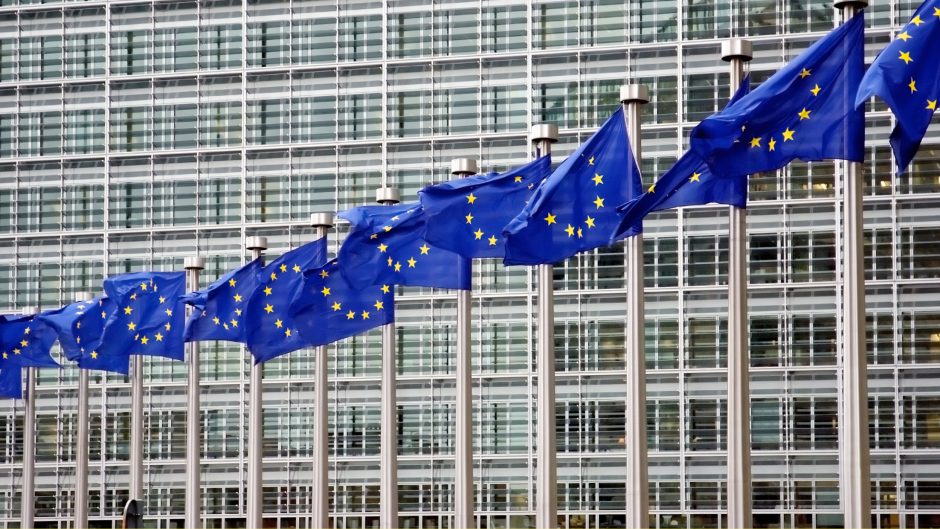ESG, green, sustainable, impact investing…der Name eines Fondsprodukt ist oft das, was ein potentieller Investor als Erstes sieht. Auch wenn für die Rendite letztlich maßgeblich ist, welche Assets im Fonds enthalten sind, ist der Name des Fonds doch häufig das, was das Interesse weckt. Hier ist die Gefahr von Greenwashing, sprich der Verwendung von ESG-Begriffen, ohne dass aber entsprechendes Commitment besteht, also besonders groß.
Die gesamte Nachhaltigkeitsregulierung im Finanzmarkt dient deshalb dem übergeordneten Ziel, Transparenz zu schaffen, Anlegervertrauen zu fördern und damit Kapital hin zu einer nachhaltigeren Wirtschaft bereitzustellen. Dazu legt z.B. die Taxonomie-Verordnung als Grundlage eine einheitliche Definition nachhaltiger Wirtschaftstätigkeit fest. Die EU-Offenlegungsverordnung (Sustainable Finance Disclosure Regulation – „SFDR“) regelt z.B. nachhaltigkeitsbezogene vorvertragliche Informationspflichten. Ein weiterer Baustein gegen Greenwashing ist nun die Schaffung von EU-Vorgaben zu Fondsnamen.
Die BaFin-Richtlinie für nachhaltige Investmentvermögen
Bereits im August 2021 hat die BaFin den Entwurf einer Richtlinie für nachhaltige Investmentvermögen zur Konsultation gestellt, die in ihrem Anwendungsbereich allerdings auf Publikumsfonds beschränkt ist. Sie zielt auf solche Publikumsfonds ab, die in ihrem Namen einen Nachhaltigkeitsbezug aufweisen. Drei Möglichkeiten sind vorgesehen, unter denen ein Fonds als nachhaltig aufgelegt werden kann: (i) aufgrund der Investition in nachhaltige Vermögensgegenstände, (ii) aufgrund einer nachhaltigen Anlagestrategie und (iii) durch die Nachbildung eines nachhaltigen Index. Eine Investition in nachhaltige Vermögensgegenstände kann durch die Aufnahme einer Regelung in die Anlagegrenzen erfolgen, wonach der Fonds zu mind. 75% in Taxonomie-konforme Vermögensgegenstände investiert sein muss. Ausführlich haben wir bereits hier darüber berichtet. Vor dem Hintergrund der dynamischen regulatorischen Lage hat die BaFin sich allerdings dazu entschlossen, die Richtlinie zurückzustellen, gleichzeitig ihre Verwaltungspraxis aber an den dort genannten Grundsätzen auszurichten.
Der Vorschlag der ESMA
Mitte November 2022 hat die ESMA ihren Entwurf für Guidelines für Fondsnamen mit ESG-Bezug veröffentlicht. Diese sind bereits deutlich konkreter als das vorangegangene Supervisory Briefing vom Mai 2022.
…gilt für…
Die Guidelines sollen für sämtliche Fondsverwaltungsgesellschaften gelten, erfassen also v.a. OGAW und AIF und sind insbesondere nicht auf Publikumsfonds beschränkt. Durch die Guidelines werden die in der OGAW-Richtlinie, der AIFMD und der Verordnung zum grenzüberschreitenden Fondsvertrieb enthaltenen Grundsätze des redlichen Verhaltens von Fondsverwaltungsgesellschaften sowie die Verpflichtung zu fairer, klarer und nicht irreführender Werbung konkretisiert.
Relevant werden die Guidelines für sämtliche Fondsdokumentation wie den Prospekt, die vorvertraglichen Informationen, die Halbjahres- und Jahresberichte und die Gründungsdokumente sowie für sämtliche Marketingkommunikation, geäußert z.B. durch Pressemitteilungen, auf Webseiten, mittels Präsentationen, auf Social Media oder im Rahmen von Diskussionsforen. Sie sollen nicht nur die Fondsverwaltungsgesellschaften selbst, sondern auch für ihre Vertriebspartner gelten.
…und regelt
Unter der SFDR sind Fonds bereits jetzt verpflichtet, z.B. in vorvertraglichen Informationen offenzulegen, wie die geförderten sozialen oder ökologischen Merkmale (Art. 8 SFDR) bzw. die nachhaltigen Anlageziele (Art. 9 SFDR) erreicht werden. Ab 2023 sind dazu verbindliche Vorlagen des EU-Gesetzgebers zu verwenden. Dabei ist auch offenzulegen, welcher Anteil der dem Fonds zugrunde liegenden Vermögensgegenstände verwendet wird, um die geförderten Merkmale bzw. die nachhaltige Anlagestrategie zu erreichen.
Hier setzt der Vorschlag der ESMA an:
- Bei Fonds, die einen ESG- oder impact-Bezug im Namen aufweisen, müssen mindestens 80% der Vermögenswerte dazu verwendet werden, die geförderten ökologischen oder sozialen Merkmale bzw. die nachhaltigen Anlageziele zu erreichen.
- Bei Fonds, die einen Nachhaltigkeitsbezug im Namen aufweisen, müssen von diesen 80% mindestens 50% die Voraussetzungen von Art. 2 Nr. 17 SFDR erfüllen, also letztlich Taxonomie-konform sein.
- Für die verbleibenden Vermögenswerte sowie als grundsätzliche Mindestanforderung an alle Vermögenswerte schlägt die ESMA die Anwendung der Mindestanforderungen vor, die bereits im Zusammenhang mit Klimabenchmarks geregelt sind. Ausgeschlossen wären danach z.B. Investments in Unternehmen, die an umstrittenen Waffen beteiligt sind.
- Die Wörter „Impact“ oder „Impact Investing“ dürfen von Fonds nur verwendet werden, wenn die o.g. Schwellenwerte eingehalten werden und Investitionen unter diesen Mindestanteilen zudem mit der Absicht getätigt werden, neben einer finanziellen Rendite positive, messbare soziale oder ökologische Auswirkungen zu erzielen.
Durch die Guidelines will die ESMA EU-weit einheitliche Regelungen erreichen, was insbesondere den grenzüberschreitenden Fondsvertrieb erleichtert. Die von ihr vorgeschlagene Quote für Investitionen in Taxonomie-konforme Investments ist deutlich niedriger als die 75% der BaFin. Wie immer bei EU-Guidelines müssen die nationalen Aufsichtsbehörden erklären, ob sie diese anwenden und falls nein, begründen, warum nicht. Es bleibt daher abzuwarten, wie die BaFin mit ihrer Richtlinie umgehen wird. Eine Möglichkeit wäre, die ESMA Guidelines als Mindeststandard anzuwenden, für Publikumsfonds aber an der Richtlinie festzuhalten.
Ab wann gilts?
Die ESMA will finale Guidelines in Q2/Q3 2023 veröffentlichen. Für Fonds, die vor den finalen Guidelines aufgelegt wurden, ist eine Übergansphase von 6 Monaten vorgesehen. Diese haben somit ein halbes Jahr Zeit, entweder die Vorgaben der Guidelines zu erfüllen oder den Fondsnamen zu ändern. Erfahrungsgemäß halten sich Änderungen zur Entwurfsfassung in der Regel in Grenzen, sodass Marktteilnehmer ihre Produkte bereits einer entsprechenden Prüfung unterziehen sollten.







